10 Reasons for Adding the Wonder Grains to your Plate
A long time ago, around 4500BC, the most farmed crops in India were the tiny cereals like, kodo, barnyard, foxtail, proso, and so on, belonging to a wonder grain family called millets. The benefits of these millets have been mentioned in some of the oldest Yajur Veda texts. Even 50 years ago, millets were a major crop in India, and an integral part of daily meals. However, post-independence, due to poverty and a weak economy, India shifted heavily to other grains like rice and wheat. As a result of the green revolution and government policies, conventional grains like rice and wheat became cheaper and more available. Millets were left mainly forgotten and ignored due to a misconception that they are just made of carbohydrates that will make you gain weight in the long run. Gradually this led to millets being grown lesser and lesser. It is high time, we understand that weight gain is not just from consuming carbohydrates, but majorly due to a sedentary lifestyle, and consumption of foods high in refined sugar and fats.
However, in today’s post-Covid world, this grain is making a huge comeback. Today, a lot of research proves that the continued consumption of grains like rice and wheat leads to a wide array of health issues. Millets are made out of complex carbohydrates, unlike rice and wheat. These wonder grains help in managing lifestyle diseases like diabetes, high cholesterol, and poor gut health. This has led many to switch to a healthier grain like millets.
Millets are a powerhouse of nutrients and minerals, and are often called nutri-cereals. Being a low GI grain, it also has many other benefits. What is more? “Manna Ethnic Millets” is not just good for you but for the entire planet too!
Here are some benefits of millets:
- Up your immunity score:
Millets are a rich source of micronutrients like copper, phosphorous, magnesium, manganese, vitamin B1 (Thiamine), and vitamin B3 (Niacin), which boosts our immunity against deadly infections. Today, everyone connects immunity with supplements, but it is the basics of one’s diet that builds immunity.
2. Rich in antioxidants:
Millets being rich in antioxidants like quercetin and catechins, neutralises free radicals and control inflammation, which is the root cause of most diseases known today.
3. Rich in protein:
Proso millet and foxtail millet contain the highest amount of protein, when compared to wheat and rice. At the same time, the amino acid profile in it is an incomplete one, but on pairing it with a lentil or a legume, it becomes a complete protein. This is precisely why a millet khichdi is a complete protein meal.
4. Rich in iron:
Bajra has the highest content of iron among all grains. Regular consumption of Bajra has helped many states in India to manage anaemia amongst young girls or women.
5. High in fibre:
The high amounts of fibre in millets compared to conventional grains help manage digestive issues like bloating and constipation. The presence of prebiotic fibre like lignan keeps the gut healthy and happy.
Moreover, millets are filling, and have a high satiety value. One cup of millets will keep one full and satiated for a longer time, than two cups of white rice, making it an ideal choice for weight loss.
6. Good for diabetics:
Being a low GI (Glycaemic Index) grain naturally, millets are digested and absorbed slowly, causing a slower and smaller spike in blood sugar levels.
7. Expels away toxins:
Millets are rich in antioxidants like quercetin and catechins, neutralising free radicals, and flushing out toxins from the kidney and liver.
8. Builds those muscles:
Proso millet and foxtail millet contain the highest amount of protein, when compared to wheat and rice.
9. Guards the heart:
Consuming millets 2-3 times a week goes a long way in reducing triglycerides, or bad fat content, thereby lowering heart disease and stroke risk.
10. Do your bit to save the earth, water, and soil:
Unlike rice and wheat, millets do not need pesticides or fertilizer to grow, and require significantly less water. They also play an essential role in nurturing and improving soil fertility.
Cooking with Manna Ethnic Millets is very simple. First, it is important to understand that any dish made with rice can be replaced with millets. The cooking process is not any different from cooking rice. So, without further worry, go ahead and replace your rice with Manna Ethnic Millets in Khichdi, Bisibelabath, or Kheer, and experience the joy of healthy and wholesome meals.
#millets #wondergrains #nutrition #healthyfood #healthyliving #MilletNutrition #supergrains #healthyfood
You can purchase Manna Millets using the below links:
|
From a pimple to cancer, our You Care Wellness Program helps you find a way Talk to our integrative team of experts today 18001020253 |

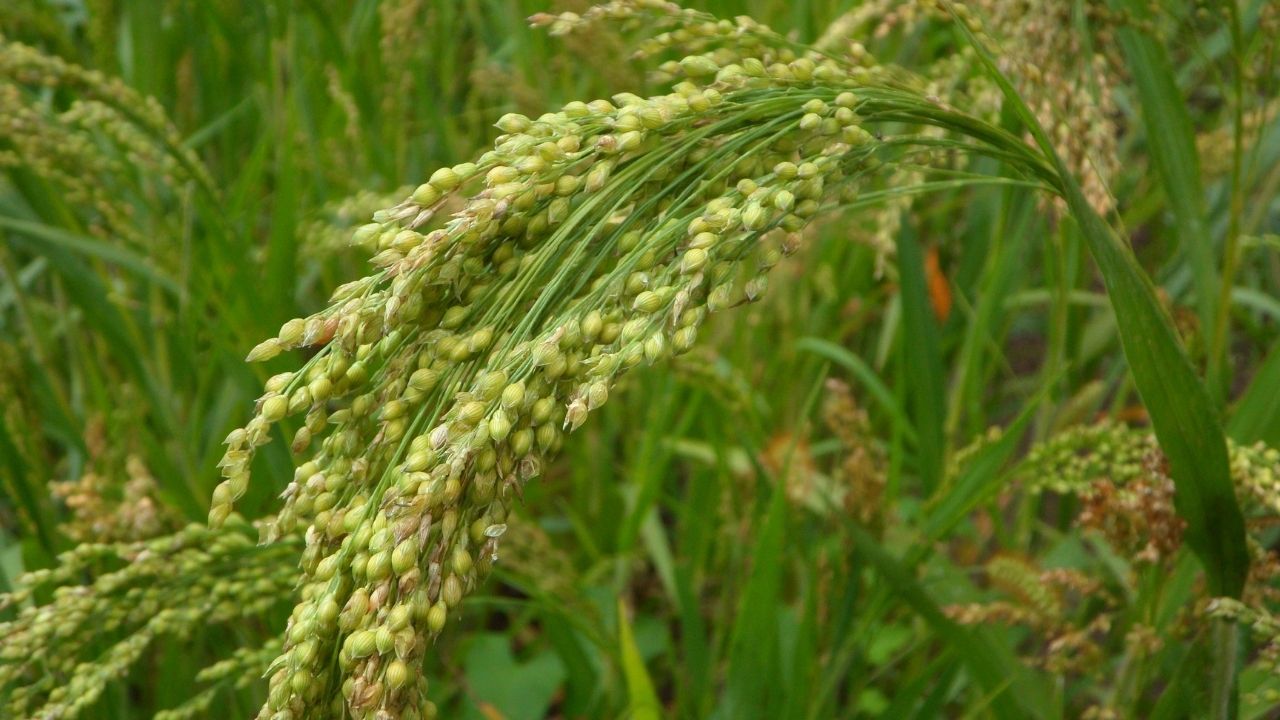
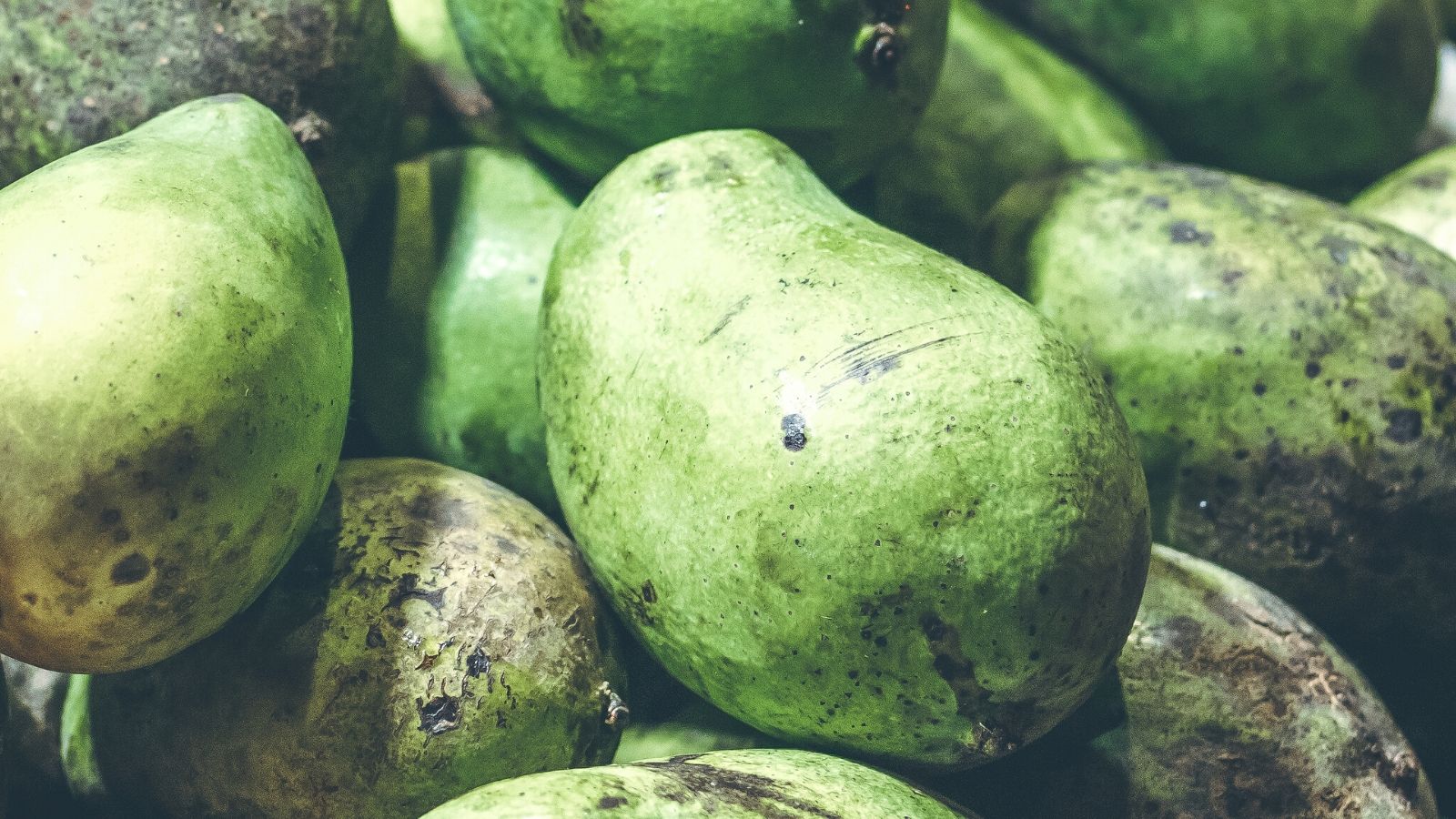
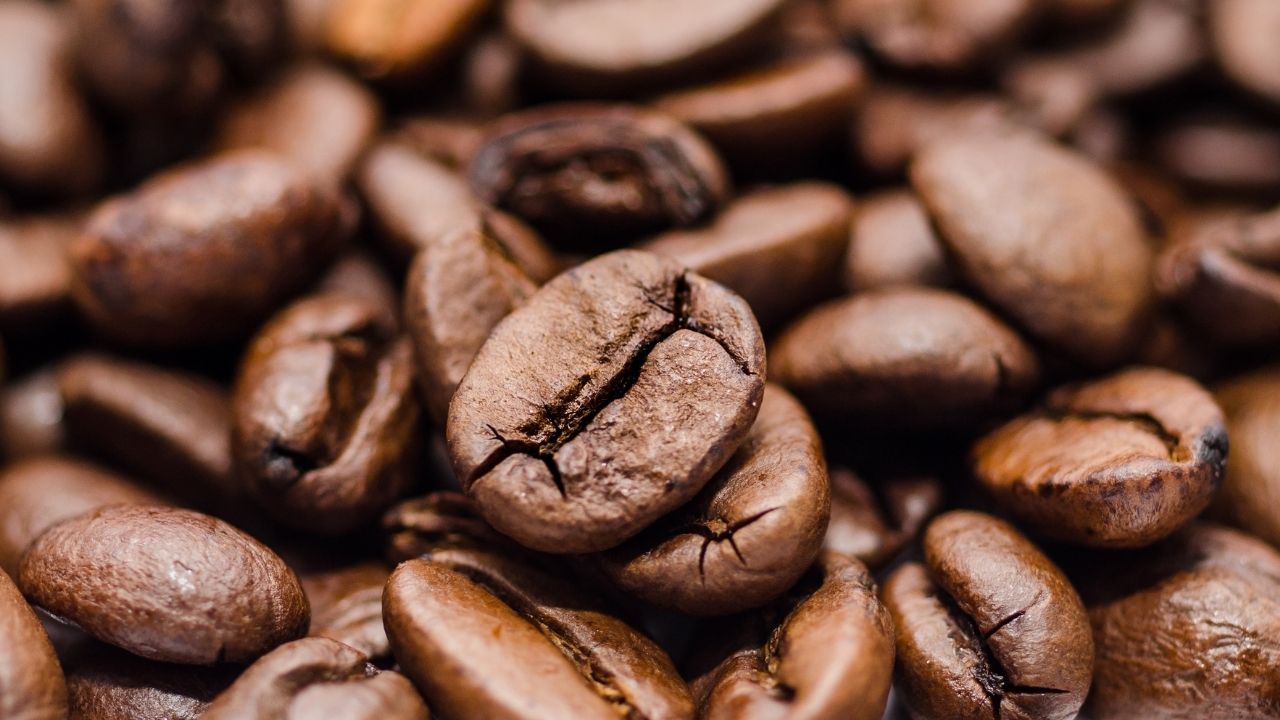

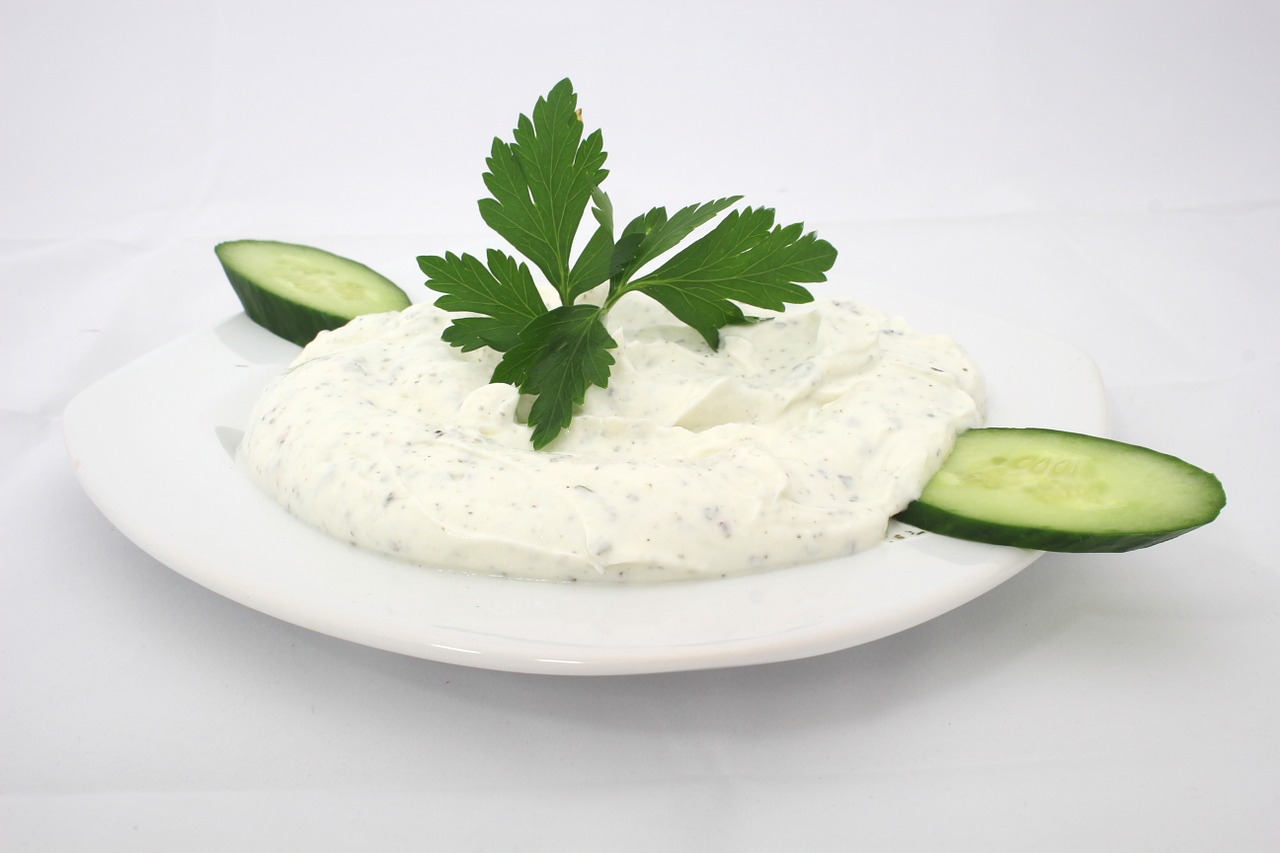

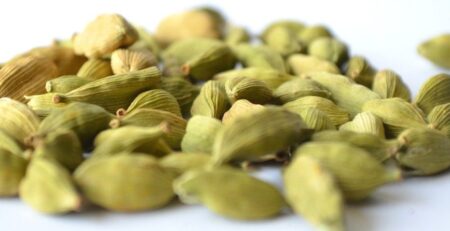
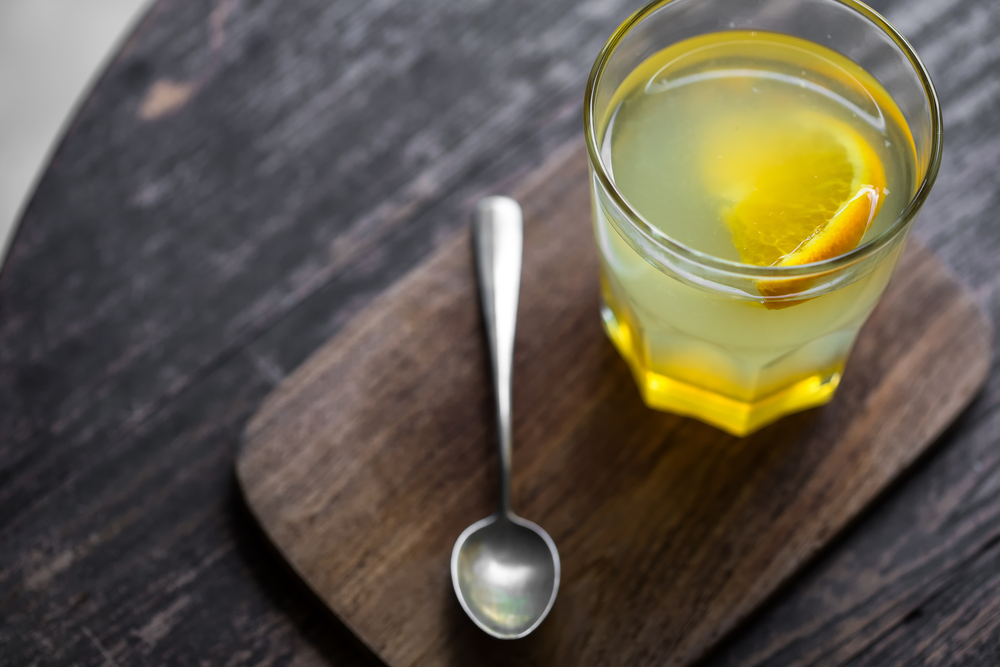
Leave a Reply